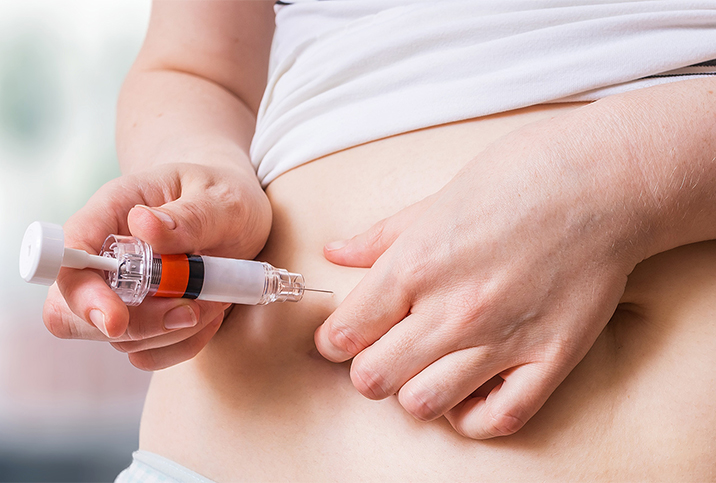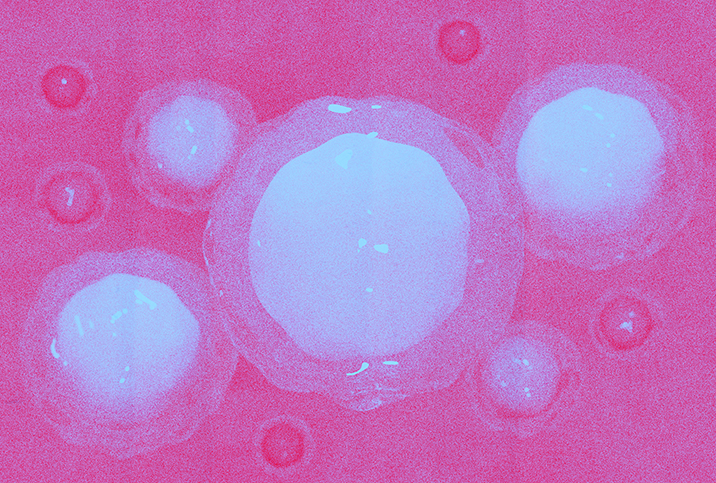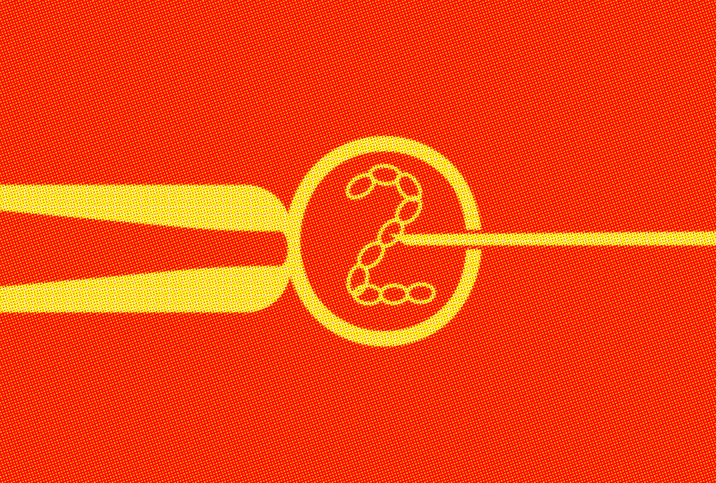What to Expect From IVF

In vitro fertilization (IVF) is an umbrella term that refers to a complex series of fertilization treatments that are designed to aid in fertility and assist in conception. A woman's fertility dips sharply after she turns 35, and IVF is an increasingly popular option for people who want to start their families later in life.
Generally speaking, IVF involves the process of collecting mature eggs from the ovaries and sending them to a lab to be fertilized with sperm either from the patient's partner or from a donor. From there, if any of the eggs are successfully fertilized, they are transferred from the lab and placed into the uterus in the hopes that the embryo will successfully implant, creating a pregnancy. Research has found that it takes an average of two rounds of IVF before most women conceive, so be prepared for a process that can take up to a year even in successful cases.
Your first appointments
Once you've decided that you want to pursue IVF and have found a fertility clinic that you trust, you will likely attend a series of consultation appointments to learn about and prepare for the process.
In your first few appointments, you and your partner will undergo various screenings to evaluate the quantity and quality of your eggs and of your partner's semen. These tests will help to determine whether an egg or semen donor will be necessary during your IVF process.
Your first appointments will also include overall health screenings, a uterine exam and potentially a mock embryo transfer, a procedure in which your doctor performs a practice embryo transfer to determine the depth of your uterine cavity and to find out which technique would be best for successful embryo transfer.
During your consultation, you will discuss your fertility goals with your doctor, including how many embryos you're hoping to get, if you want to implant more than a single embryo at once, how you want to store extra embryos and whether you’d like to freeze any of your eggs.
Be sure to also talk with your doctor about the potential risks and benefits of in vitro fertilization. You should feel confident you understand all the implications of your decision before you commit to moving forward.
Getting started with IVF
If you plan to use either an egg donor or sperm donor (or both), your doctor will start by first helping you to choose among available donors before you can move forward. Sometimes a donor may be a person that the patient knows personally, while other times donors are anonymous and can be chosen based on basic health information provided by an agency.
A single cycle of IVF is made up of several different steps, including ovarian stimulation, egg retrieval, sperm retrieval, fertilization and embryo transfer.
If you will be using your own eggs during IVF, you'll start your cycle by taking synthetic hormones to stimulate your ovaries so that your body produces multiple eggs (instead of the single egg that is usually released during your monthly ovulation). These hormones are most often administered through self-injections at home. You'll also get a medication called human chorionic gonadotropin (hCG), or something similar, which will help the eggs to mature.
Ovulation induction is one of the most important steps in IVF because when more eggs are produced, there are more chances for fertilization. This is essential because not all eggs will achieve fertilization.
Other medications included in IVF treatments are intended to prevent premature ovulation and to prepare the lining of your uterus so that it is more receptive to implantation once an egg has been fertilized and the embryo is ready to be transferred to the uterus.
According to medical experts, one IVF cycle can take anywhere from two to three weeks to complete, and multiple cycles may be needed.
Egg retrieval and fertilization
Once you've started your IVF cycle and have taken your medication for a few weeks, your doctor will schedule an appointment to determine whether your eggs are ready for collection.
During this appointment, you will likely have a vaginal ultrasound for a closer examination of your ovaries, as well as some blood tests to find out how your body is responding to the hormone treatments.
If the vaginal ultrasound shows that there aren't enough follicles developing or that you've ovulated prematurely with an undeveloped egg, your IVF cycle may need to be canceled. A cycle may also be canceled if the vaginal ultrasound finds that too many follicles are developing, as moving forward could put you at risk of ovarian hyperstimulation syndrome.
When a cycle is canceled, the doctor often adjusts the doses of medications with the intention of promoting better success in future IVF cycles. If a patient's response to an IVF cycle is particularly unsuccessful, the doctor may suggest that they seek an egg donor.
But if your tests show that your eggs are ready to be collected, then you will undergo a retrieval procedure in your doctor's office about 34 to 36 hours after you've received your final hormone injection and before you ovulate.
Before the procedure, you'll be sedated and given pain medication. The retrieval is typically performed through transvaginal ultrasound aspiration, which means that an ultrasound probe will be inserted into the vagina to identify follicles. After insertion, a thin needle connected to a suction device is used to go into the follicles and collect the eggs over the course of about 20 minutes. Your doctor will prescribe pain medication for you to take home, where you may experience cramping and discomfort.
Embryo transfer and implantation
Of the eggs collected during the retrieval procedure, the ones that are mature and healthy will be sent to a lab and mixed with the sperm from your partner or donor. From there, the hope is that multiple eggs will be successfully fertilized, creating embryos that can be implanted into your uterus.
If an embryo results, it will either be frozen for future use or a transfer procedure is usually performed—in a doctor’s office—a few days after the eggs were first collected. The doctor will insert a catheter into your vagina, through the cervix and into the uterus. From there, a syringe containing one or more embryos is attached to the catheter and sent through the tube into the uterus. According to experts, patients are mildly sedated during embryo transfers, which are typically painless, though the procedure can cause cramping.
About 12 to 14 days after the initial egg retrieval, your doctor will be able to determine with a blood test if the embryo successfully implanted into your uterus.
Potential IVF outcomes
There are a variety of factors that contribute to each individual's chance of success with in vitro fertilization.
Women who are younger and who use their own eggs are more likely to have a healthy baby than women age 41 and older. According to the Mayo Clinic, women who are 41 and older are often counseled to consider donor eggs for a better outcome.
Experts have also found that women who have previously given birth are more likely to successfully get pregnant using IVF than women who have not. Lifestyle factors such as not smoking or drinking and maintaining a healthy weight have also been linked with higher success rates with IVF.
If you don't get pregnant during your first round of IVF, you're in the majority: Research has found that it takes an average of two rounds for most women before they can conceive. Many women undergo several rounds of IVF before finding success. Be sure to consult with your doctor to find out if you should continue to move forward after multiple unsuccessful cycles.
IVF can be an extensive, costly and challenging process mentally, physically and financially. Take care to keep an open line of communication with your doctor and your support system while undergoing IVF.


















